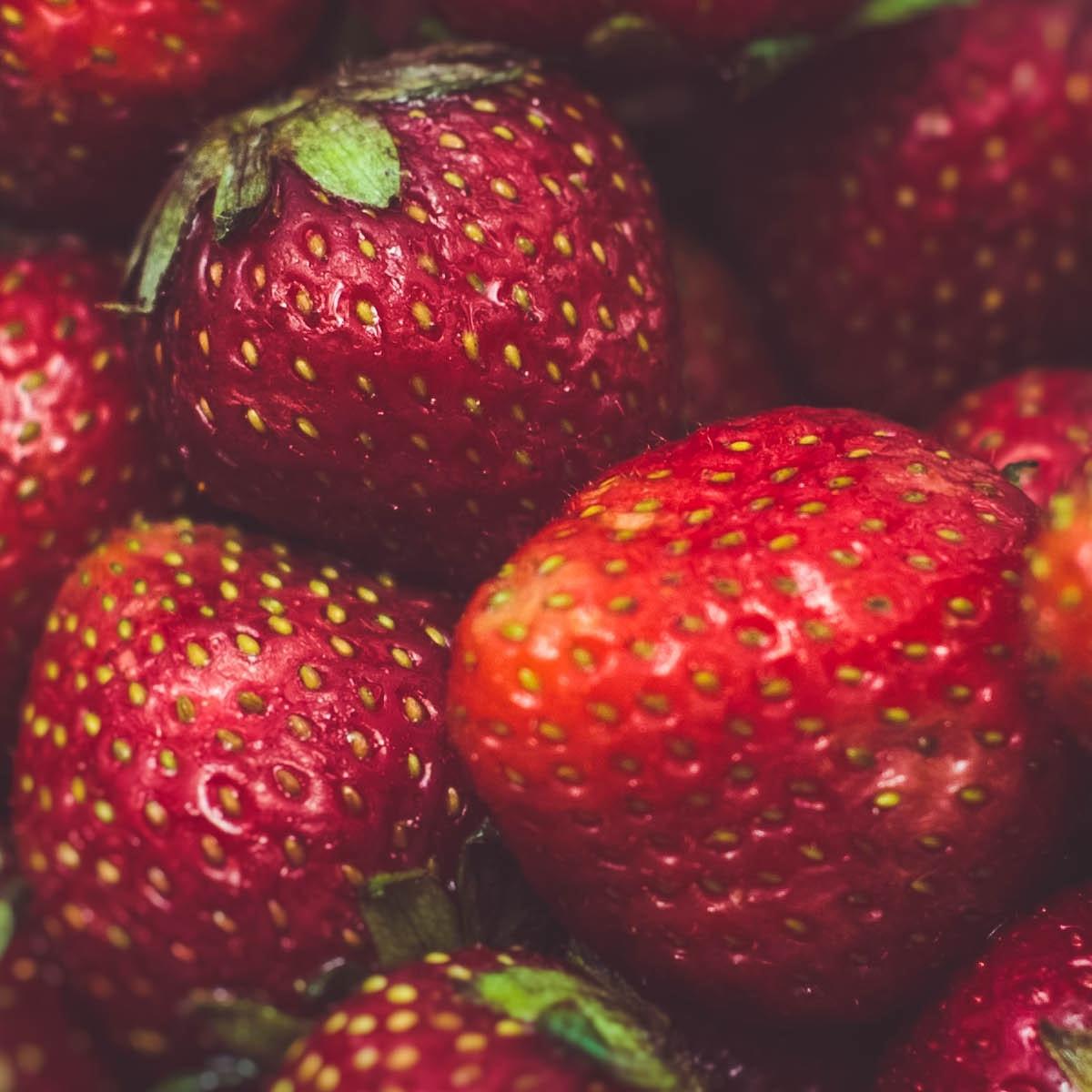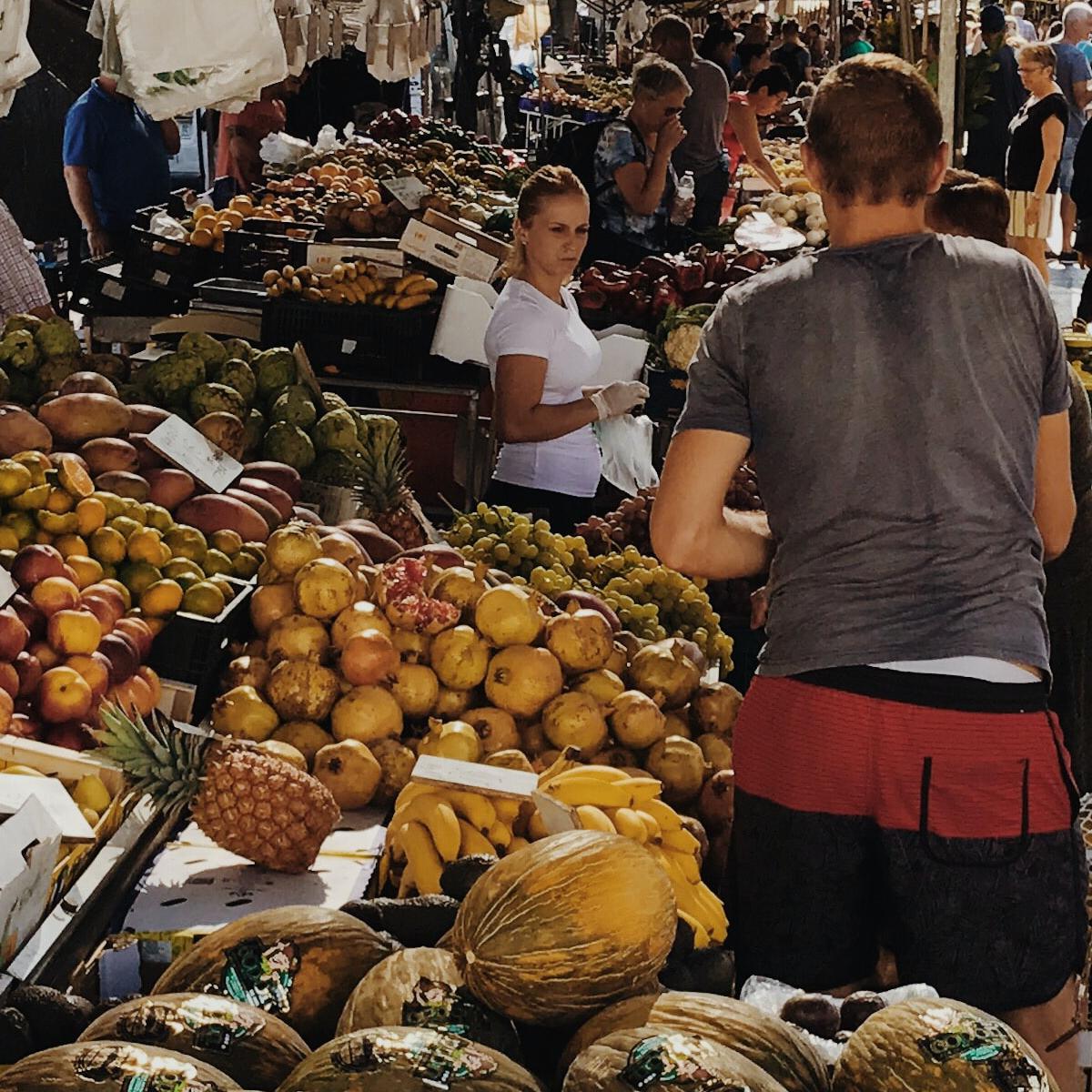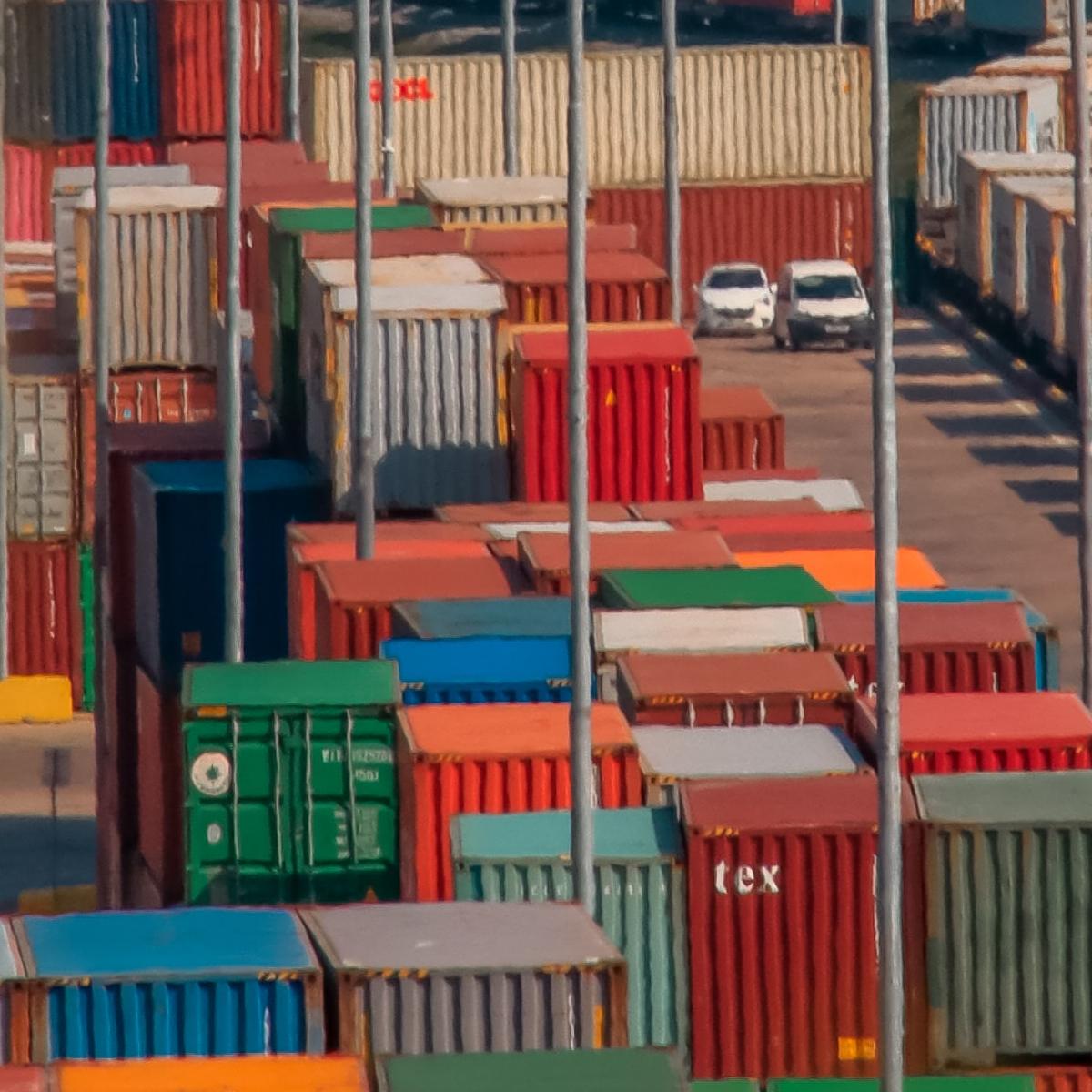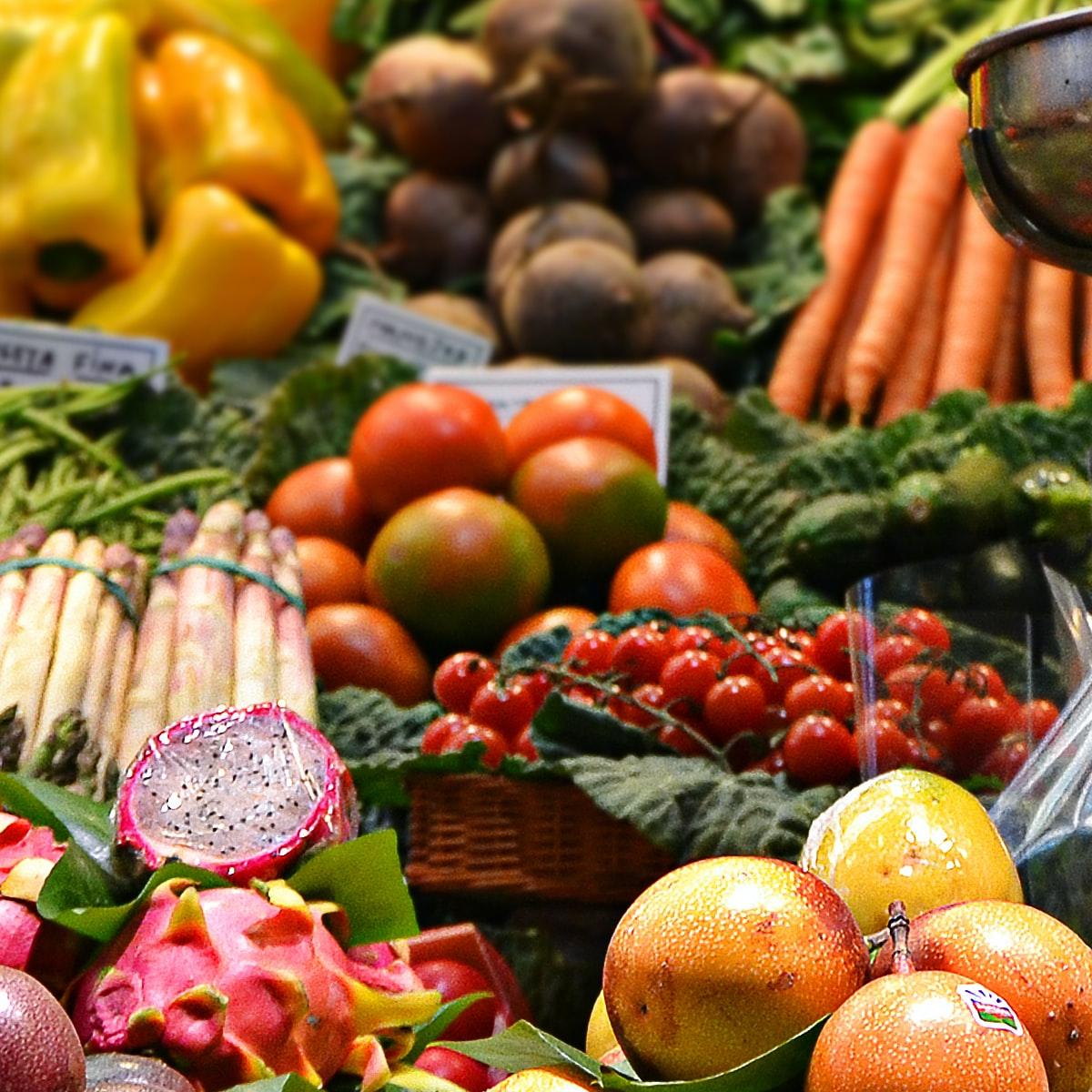UNECE Code of Good Practice - reducing food loss and ensuring optimum handling of fresh fruit and vegetables along the value chain
It provides practical guidance to actors along the fresh fruit and vegetable supply chain on how they can reduce losses, both within their own operations, but also later in the chain (as proper handling / temperature early in the chain is important for reducing losses later in the chain). It also provides guidance and examples of the Food Waste and Loss Hotspot Analysis Method.
Purpose / Objective
The perishable nature of fresh fruit and vegetables mean that food loss and waste can be high unless the produce is handled carefully by actors along supply chains – from producers, to traders, transporters, and retailers. UNECE’s Code of Good Practice provides practical guidance to the sector on how to reduce losses and waste. Through its specific focus on fresh fruit and vegetable supply chains, the UNECE Code of Good Practice the Voluntary Code of Conduct for Food Loss and Waste Reduction developed by FAO.
Item Assessment information
Needs addressed
- Adopting SCP norms, technologies and practices
Leaving no one behind
- Addressing SCP needs of the national population (including vulnerable groups)
Applicability
- Evaluated Proof of Concept
- Applicable multiple countries
Organizations
-
12.1
-
12.3
How does the tool make an impact on SDG12?
Food loss and waste reduction in supply chains (SDG 12.3): Reducing food loss and waste will be critical in transforming food systems and ensuring more resilient, resource efficient and circular agri-food sectors. This challenge is particularly pronounced for fresh fruit and vegetables, which are frequently traded over large distances, involving several actors. The perishable nature means that loss and waste can be high unless the produce is handled carefully by actors along supply chains – from producers, to traders, transporters, and retailers
How does the tool make an impact across SDGs?
Other SDGs: SDG2 (hunger), SDG 6 (water), SDG 13 (climate change) When food is lost, it means that the resources used to produce that food go to waste - the water, land, seed, fertilizers, and labour. In today’s world, large tracts of land, around 25 per cent of world’s fresh water supply, and 8-10 per cent of greenhouse gas emissions are used to grow food that ends up being discarded.



